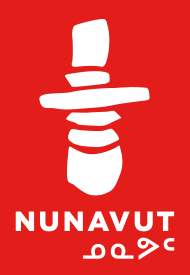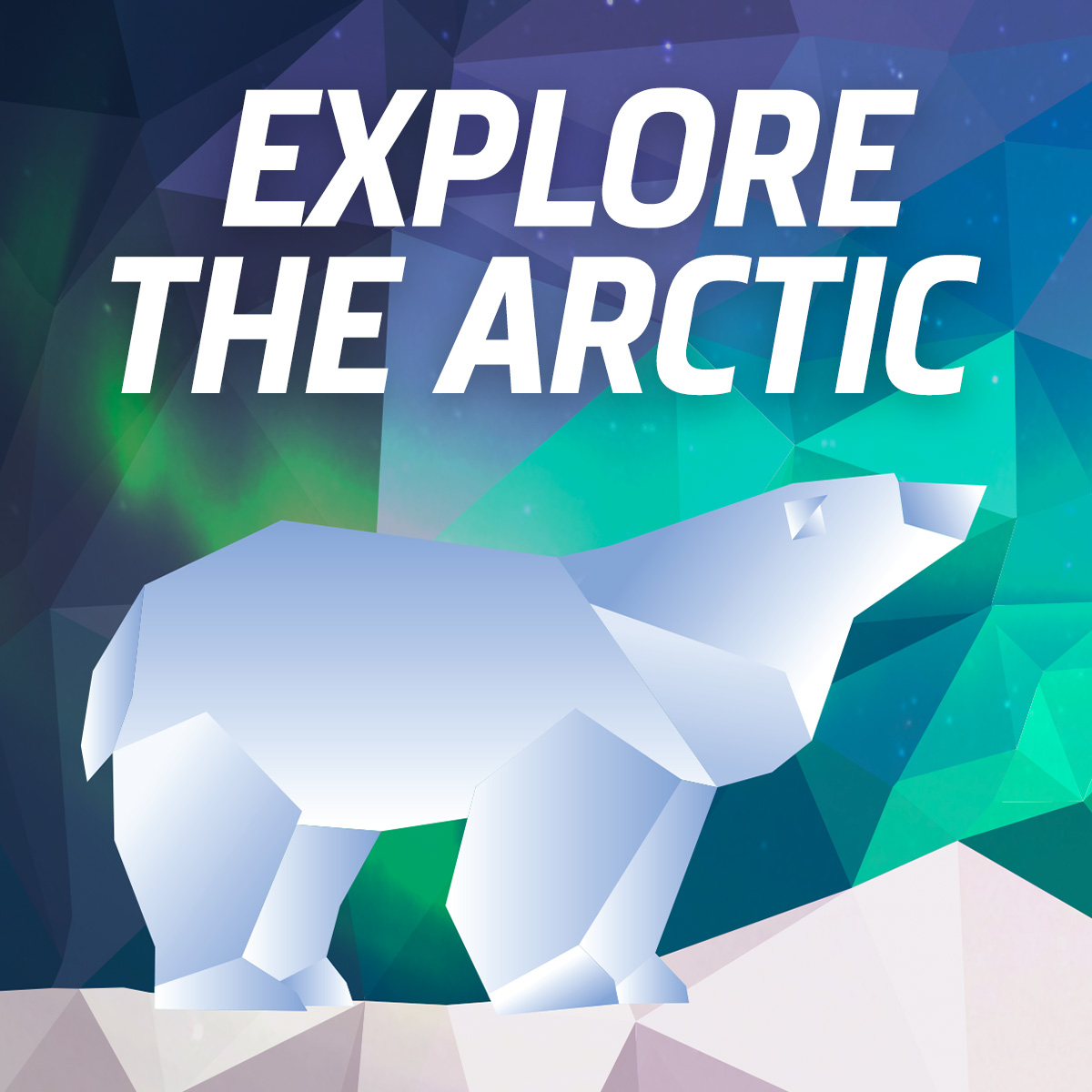Taloyoak (Inuktitut for ‘Large Caribou Hunting Blind’) is a unique community, defined by the strength of the people and the ruggedness of the land. Formerly called Spence Bay, Taloyoak provides you with glimpses into Inuit culture and wildlife. The name Taloyoak refers to screens built with piled stones along the caribou migration routes. Muskox are found nearby and the area is renown for its arctic char fishing.
Essential Taloyoak experiences:
- Wildlife viewing of polar bears, caribou, whales, seals, muskox and migratory birds in a stunning environment
- Fishing for ‘green’ and sustainable arctic char
- Seeing how the women in the community handmake ‘packing dolls’ – arctic animals dressed in duffel amautiit (traditional parkas) carrying their young on their backs
Taloyoak is the northernmost community on the Canadian mainland. Ruggedly beautiful, there is an impressive rock formation to the north that some consider similar in appearance and impact to Ayres Rock in Australia.
Taloyoak has been an important place for Inuit for thousands of years, tracing the people’s origins to the Thule people. With ready access to both caribou and sea mammals, Taloyoak has a vibrant culture that is closely tied with the land.
Sewing is a vital part of traditional and contemporary Inuit culture. The handmade packing dolls from Taloyoak reflect and draw on a rich and complex culture that is over 4,000 years old. Based on the traditional sewing skills of Inuit girls and women, ‘packing dolls’ were first designed by Peeteekootee Ugyak (Charlie) in Taloyoak. A distinctive feature of all the packing dolls is the ‘babies’ carried in the parkas. This reflects the Inuit tradition of ‘packing’ babies in a mother’s amauti – a unique mother’s parka with a special pouch (or ‘amauti’).
The John Ross expedition in 1831 located the North Pole Magnetic with assistance from the people of Taloyoak. Later, between 1848 and 1860, British explorers made contact with the Inuit in the area while searching for the lost John Franklin expedition. Sir John Franklin and his crew disappeared while searching for the Northwest Passage, and in the years following numerous explorers attempted to retrace his path through the Taloyoak area.
The community of Taloyoak was founded in 1948 when the Hudson’s Bay Company built a trading post. Local Inuit of this area were amongst the last to settle into a community in the 1950s when schools were established and Catholic and Anglican missions opened churches.
Wildlife viewing opportunities include seasonal access to polar bears, caribou, seals, migratory birds, and beluga whales.
Today the community is still tied closely to the land and animals. The local economy is very much based on hunting and trapping.






